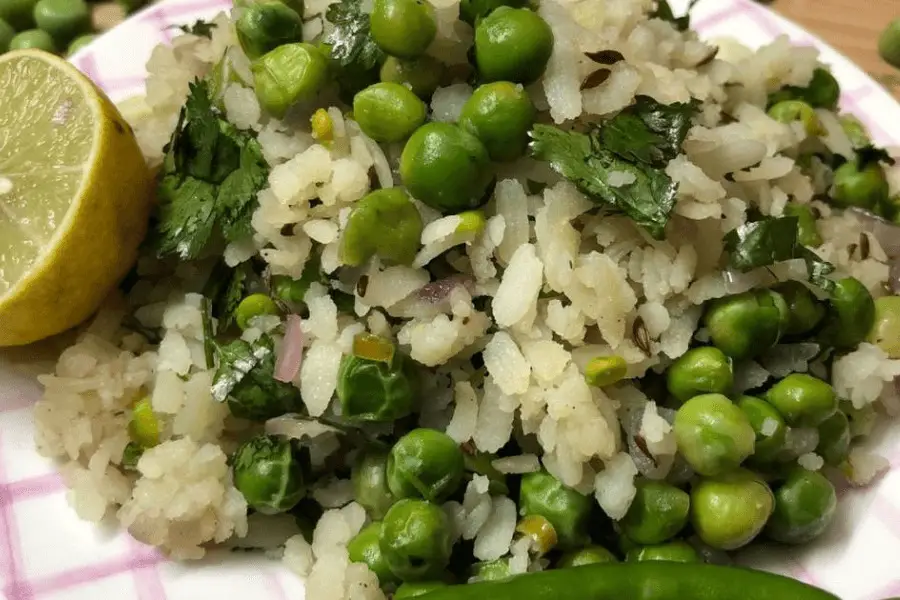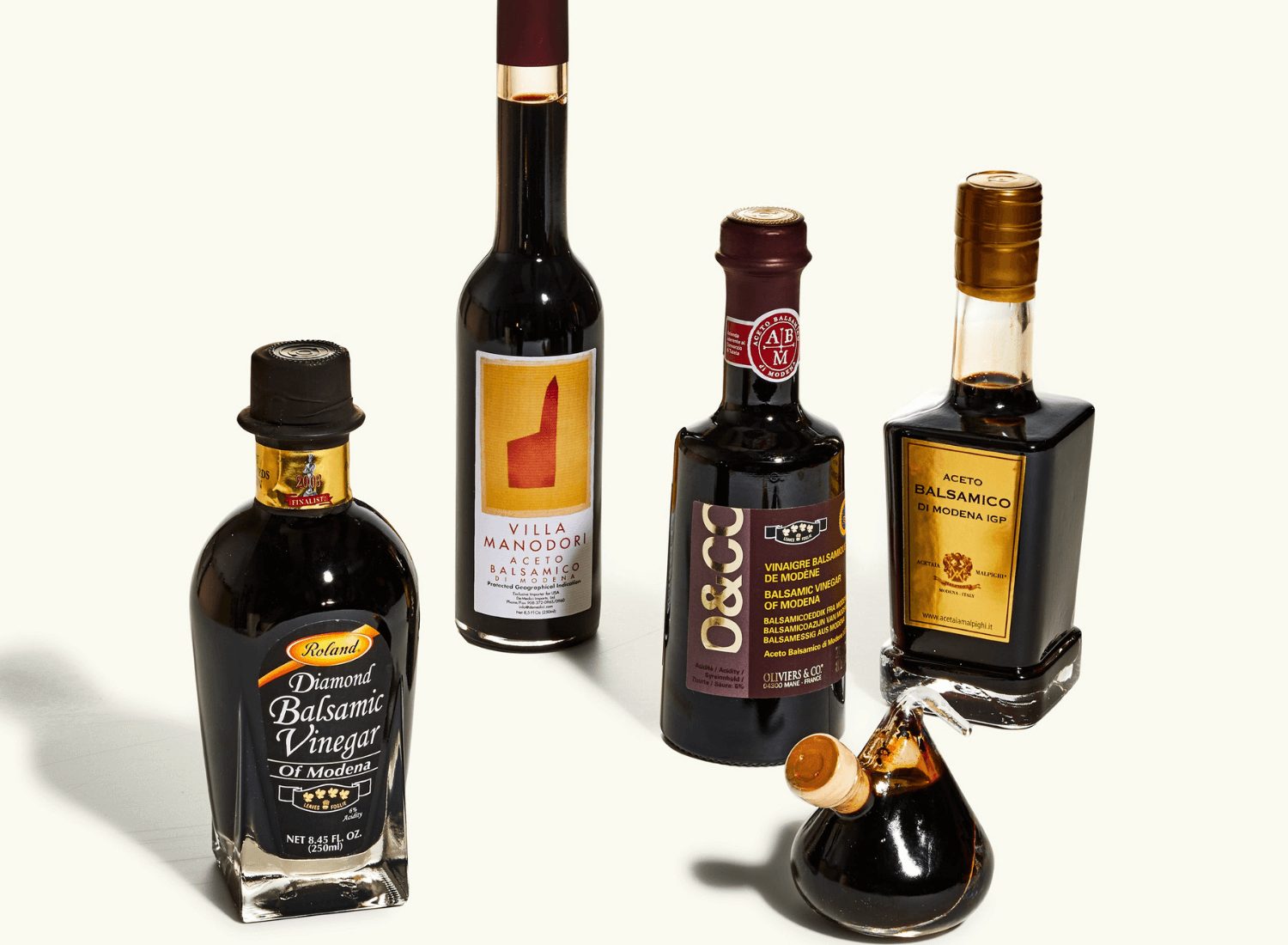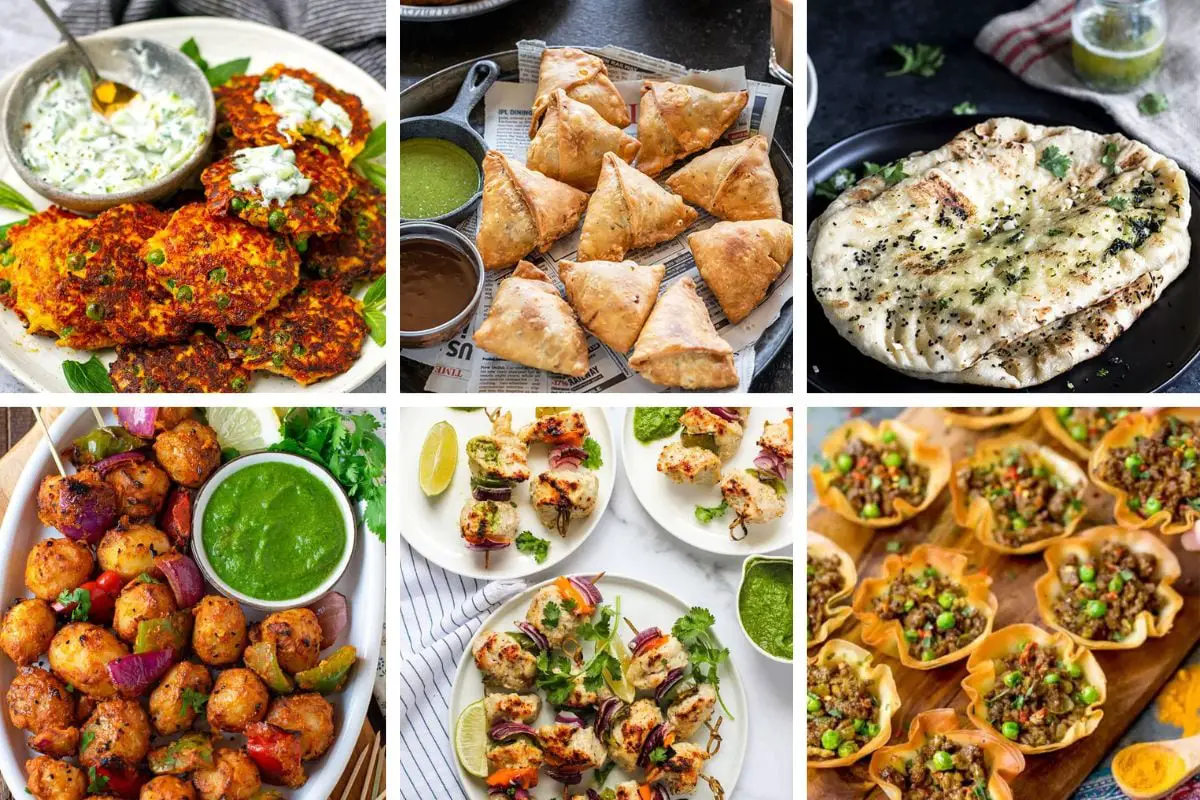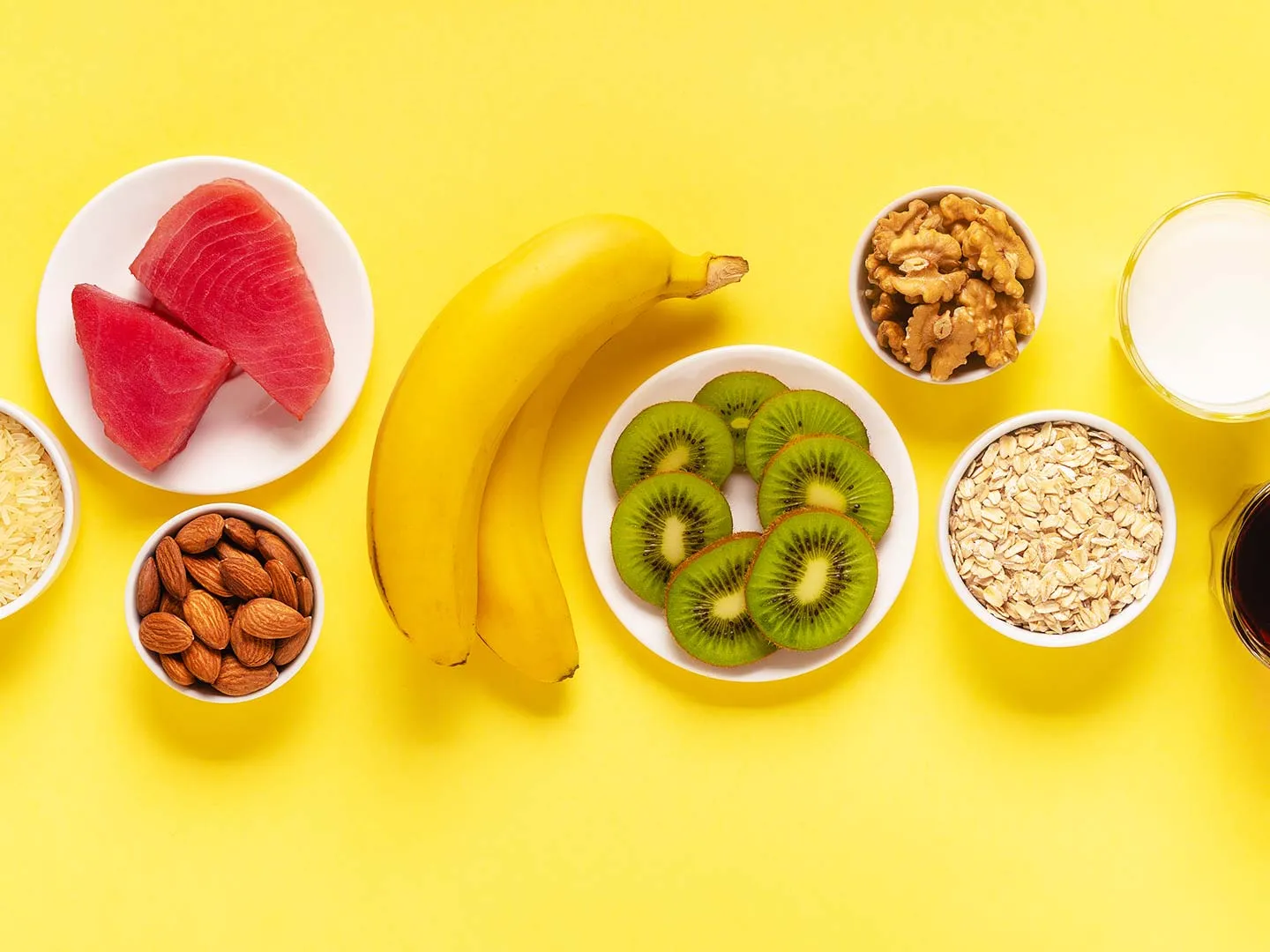Street food is an integral part of Indian culture and cuisine. There is a variety of street foods from across the country. The Celestial City of Varanasi is situated on the banks of the River Ganges within Uttar Pradesh, and its culture and tradition define its food. These winter delicacies are primarily prepared in desi ghee and mustard oil. Its people majorly influence the food of Varanasi. Here are some popular delicacies of Varanasi, especially available during winter.
4 Popular Winter Dishes OF Varanasi
1. CHOODA MATAR

Chooda matar is the Varanasi version of poha. It is basically a winter treat of fresh green peas and a paddy crop made into flattened rice called Chooda. Warm, savory, and refreshing flavors of winter.
Chooda matar is a homely dish, taken up by some street food joints of the city. Chooda matar is soaked in ghee with flavours of exclusive garam masala. It’s available in the winter in the chaat bhandars of the town and is loaded with desi ghee. It’s a full meal once you have an outsized portion—a bit like Tehri and Pulav.
This combination of sweet green peas, hot garam masala, and aromatic ghee in this dish makes it extraordinarily ravishing. Good quality poha or chiwra is essential for preparing chooda matar. It is loaded with the robust aroma of green coriander and garam masala. There’s warmth is due to tons of ginger, black pepper powder, and green chilies, too, balanced by juice. Truly a winter food. You can grab it with a hot cup of masala chai, and your day is bliss.
2. MALLAIYO

Malaiyo is one of the hidden gems prepared only in Varanasi during the winter season (from mid-November to the first week of March). Malaiyo is flavored milk foam served in an earthen bowl. It has toppings of Pistachios and Almonds.
The essence of this winter sweet is in the texture of the froth or foam that melts in the mouth the moment you take a bite, making it a pleasant treat. The feel of froth isn’t like a topping; it’s very sensitive, cloudy, and frothy.
The froth can stand only in coldness during winters, and that’s why it’s sold till 11 AM. It all begins each day before, in the night when milk is boiled for a specified period in a very large iron utensil (Kadhai). It is left outside in the open overnight so that dewdrops could deposit on the surface of the milk, initiating the process of foaming, which is the basic step in Malaiyo preparation.
Later in the morning, the milk is seasoned with sugar, cardamom, and saffron strands, and it is also hand churned to make the froth. It is an arduous process that takes time, and eventually, most of the milk gets converted into foam. Finally, it’s garnished with nuts, typically almonds and pistachios.
It is very delicate and melts in the mouth. Malaiyo is served in earthen clay cups. The malaiyyo froth that’s collapses easily, indicating pure milk fat. This one doesn’t stick to the upper palate. Having Malaiyo may be a totally mesmerizing experience, and other people of Varanasi await the winter season for this delicate dessert.
3. TAMATAR CHAAT

Tomato, of course, is the main ingredient of this dish. Tomatoes are cooked alongside boiled potatoes with various common spices and grated cashews and khus (poppy seeds).
The highlight of this Banarasi Tamatar chaat is its serving. The tomato-potato mixture is doused in syrup of roasted jeera powder, ghee, imli chutney, chaat masala, coriander leaves, juice, and crushed namak para.
This lip-smacking Banarasi Tamatar chaat is a melting pot of varied flavours. This chat is basically the mix and match of tomato and potato, seasoned with pav bhaji masala, garnished with crispy namak para.
4. KACHORI JALEBI

Kachori sabzi with Jalebi is the most traditional breakfast of Banaras. The majority of Banarasi have it in their breakfast, and you can’t find one person in Banaras who has never tasted the quintessential “Kachori Jalebi.”
Kachori is puri made with atta and dal batter with a tinge of Hing served with curry-laden sabzi and Jalebi, a dessert made with maida. The sabzi that is served with the puri is made of pumpkin, potatoes, and black gram.
The shops start serving jalebis, and puri-sabzi by 6 am, and it’s totally sold out by 11.30 am. The hottest version of kachori in Banaras is formed of whole flour (atta), combined with dal, hing, and ajwain. It’s typically served with a raswali sabzi, which has potatoes as the main ingredients. Depending on the season and place, the sabzi may have pumpkin, cauliflower, peas, and even raw jackfruit or lentil dumplings.
Varanasi never fails to astonish you with the variety of delicacies. So whenever you visit this holy city in winter, do taste these delicacies. You will be amazed by the taste.
Read also – Top 15 Popular Korean Dishes To Refresh Your Taste Buds




1 thought on “4 Popular Winter Dishes OF Varanasi”